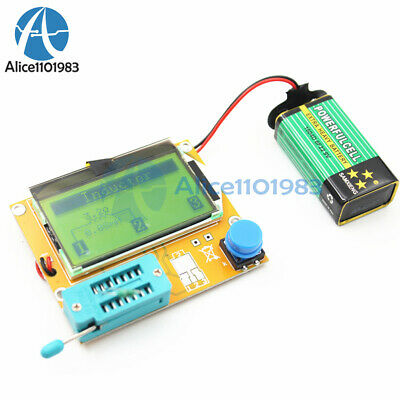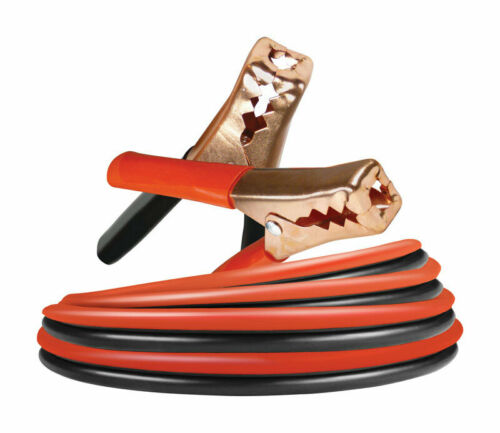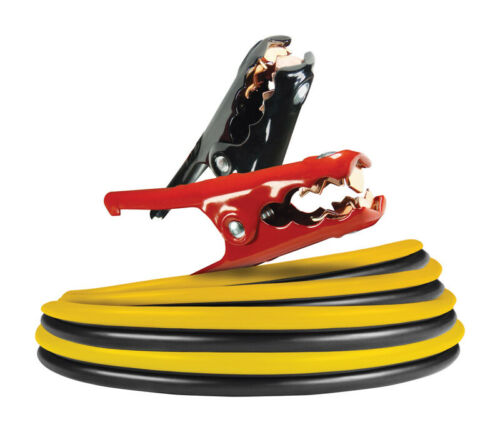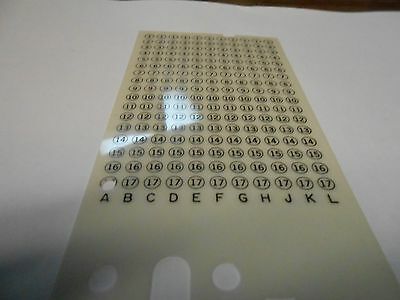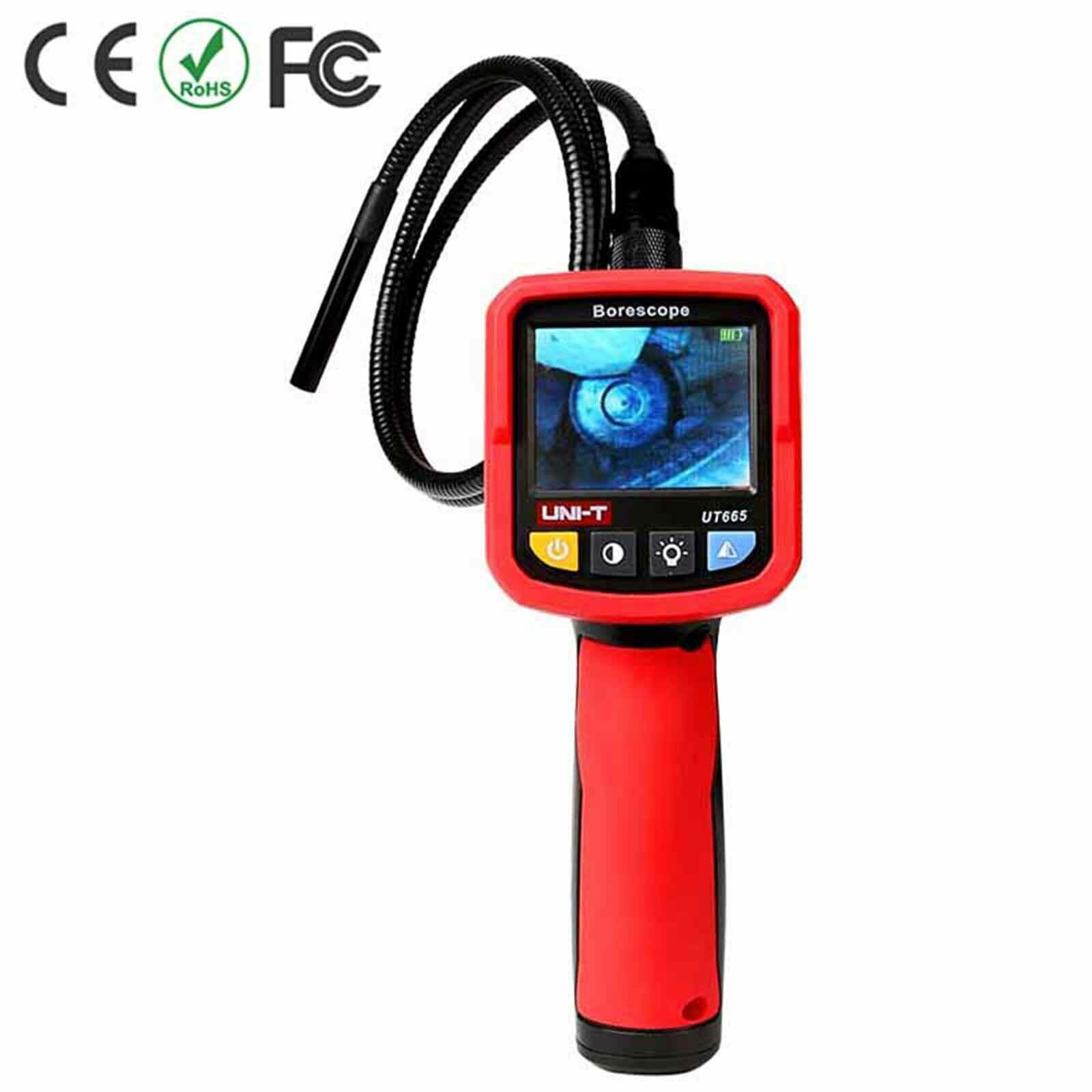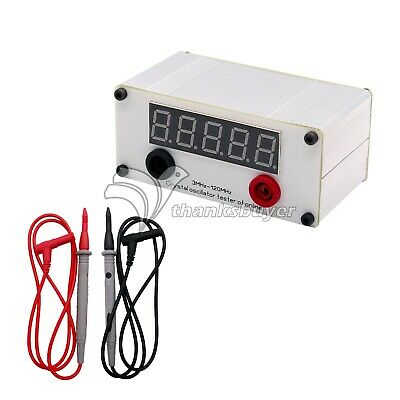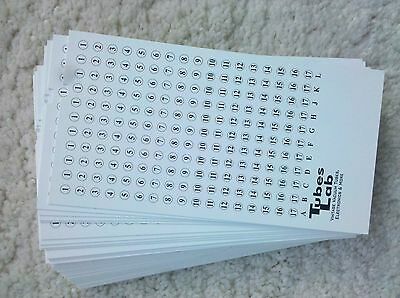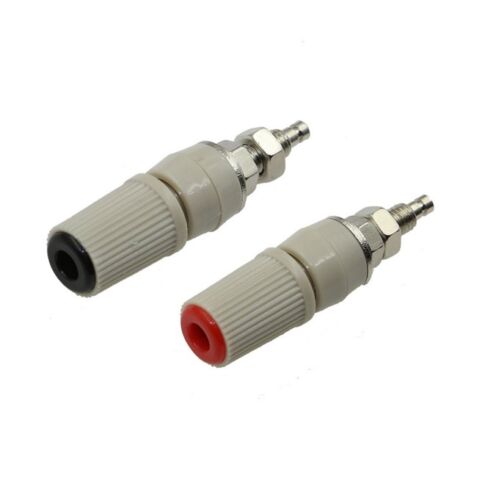-40%
Digital vacuum tube tester KIT, Duokit 3 ( max Vp is 500V)
$ 105.6
- Description
- Size Guide
Description
VACUUM TUBE TESTER KIT LIST:1x main board
1x LCD display
1x 0-115-230v 10VA transformer
1x AC-DC 9V 1A power supply
1 set wires (with
potentiometer and switch)
This tester is ready to use and can work with most audio tubes,
from small triodes: 12at7, 12au7, 12ax7,6sl7,6sn7 to power triodes / pentodes like: 2a3, 300b, el84, 6v6, 6l6, el84, el34, kt66, kt88, etc... and
it also can test the diodes and valves easily.
Precautions & description
Before switching on the power, please check that the module is properly installed on an insulating surface, that no short-circuit risks exists. Avoid touching any part of the module while power is turned on .
The module has all the functionalities of a conventional tube tester but it uses a pulsed mode which guarantees a high level of security during tests.
The tests are effected with a rhythm of 0.5 seconds, and the measurement is done within a very short time of 800 uS (0.0008 seconds).
Between tests, grid 1 is in negative potential, and the tube is in a cut-off state with zero dissipation.
With this type of functionality, little energy in high voltage is used up (plate and G2), and this helps avoid the use of heavy and costly electric supply transformers, while allowing tests with high voltage and plate current (450V/340 mA).
A PIC microcomputer clocked at 12 mHz caries out the acquisition, tests, fault management and LCD display controls.
The plate supply uses an auto-oscillating converter (Royer) controlled by a regulation loop.
A high value (47 uF- 450V) capacitor can deliver a high pulse current during the 800 uS test window.
This capacitor discharges slowly. It is thus practical, when the plate voltage needs to be lowered through the Vplate potentiometer, to briefly push on the DISCHARGE button.
This put on the plate supply output a discharge resistor and accelerates the process.
A SURCHARGE message ( Overload ) can appears on the display, but will disappear when the DISCHARGE button is released.
The G2 supply, which has a small debit, is organized around a conventional circuit: transformer, recovery/rectification, filtering and stabilization using a buffered group of zener diodes.
A mosfet power transistor controlled by a potentiometer adjusts the Vg2 voltage.
These two supplies, i.e. plate ahd G2, are protected by current limiters. Peripheral circuits also benefit from this type of protection.
G1 supply is designed like G2, but since the debit is low enough, it is not buffered.
A neon lamp can show tube internal short circuit. This neon lights up fixedly when a excessive current runs through the tube; otherwise, it blinks or remains off.
This simple circuit functions only as an aid to the test, and has limited utility. It can remain lighted up in the presence of tubes with strong power or for certain types (diodes, cathodic indicators).
Some tubes are unstable, and the connection cords make up resonating circuits so don't forget to install, near the tube, ferrite beads on G1,G2 and plate wires.
The microcomputer controls the current vs voltage of the plate supply, if the current becomes too high SURCHARGE ( = overload ) warning will appear on the screen, All other tests will then be suspended until the problem is resolved.
LCD: please check the 3rd picture
Connector, transformer and power: please check the 4th picture
Getting started:
As most connections are already made the kit is simple to operate: Plug in all connectors.
Connect the mains voltage to T1 & T2 ( don't forget a 1A security fuse and on/off switch )
Connect the 4 wires: Cathode, G2, Plate and G1 to appropriate socket pins according to the tube you wish to test.
Connecta heater supply or transformer.
Make sure that the module is properly installed on an insulating surface, that no short-circuit risks exists.
Switch on mains power.
Adjust the Vplate voltage (Plate) ), Vg2 ( grid 2 ), Vg1 (grid 1) and heating voltage depending on the characteristics of the tube to be tested.
Example: for the EL84 tube, the documentation indicates:
Pin 2 : G1 ( grille 1 )
Pin 3 : K –G3 ( cathode & grid 3 )
Pin 4 : F ( filament )
Pin 5 : F’ ( filament )
Pin 7 : A ( anode ou plate )
Pin 9 : G2 ( screen ou grid 2 )
Take a look now at the testing conditions. In the absence of indications, you can look at the manufacturer's curves.
For instance, you can choose a plate voltage of 300V, a G2 voltage of 250V, and a G1 voltage of -4.0V. Under these conditions, the nominal debit will be 90mA.
Turn the V plate potentiometer until you see 300V on the screen. Turn the Vg2 potentiometer until you see 250V on the screen.
Turn the Vg1 potentiometer until you see -4.0V on the screen.
Plug the tube and leave it to heat up for approximately one minute.
Check that the neon short-circuit indicator is off or blinking. For some tubes, this indicator can turn on fixedly even if there is no short circuit. In general, this phenomenon is caused by tubes with high mu, or by valves and cathodic indicators.
It is not dangerous to undertake tests even if the indicator is on. Push " TEST " and read on the display the plate current value in mA.
Release the "TEST" button, the test is finished.
Tube matching can be done simply: just test several tubes of the same type without changing the parameters, and pair up either in twos or fours those tubes whose currents are the most similar.
For double tubes like: 12ax7, 12au7, 12at7,-6sl7, 6sn7, etc… Testing one or any of the internal triodes is done by displacing the plate pin connection on either one of the plate pins, all other electrodes ( Cathode & Grid ) are connected in parallel.
Advanced tests:
With this digital tester you can directly get the plate current according to plate, G2 and G1 voltages.
You can also get 3 other important parameters in 2 successives measurements.
Here are the procedures:
Gm or Transconductance:
Make a first measurement with proper V plate and V grid, note the corresponding current. Change V grid by + or - 1 volt. Note the new current.
Transconductance is the difference in the 2 currents expressed in mA / V ( or µS / µmhos ).
Rp or Plate resistance:
Make a first measurement with proper V plate and V grid, note the corresponding current.
Change V plate by + or - 10 volts or more ( the current must change significantly), note the new current.
Plate resistance is the difference between the 2 plate voltages ( in Volt ) divided by the difference in the 2 currents ( In Ampere ) and is expressed in Ohm.
µ or voltage gain = Gm x Rp
Of course you can match tubes by comparing currents under same working conditions.
Testing diodes, valves, gas regulators
, cathodic indicators:
Diodes:
These low power tubes can be tested to a maximum debit of approximately 20mA, for higher currents, observe the procedure for valves testing.
Insert a 100 KOhm resistor in series with the plate for limiting the current.
.
Before plugging the tube, turn the Vplate potentiometer fully counterclockwise, and, if needed, push the DISCHARGE button several times in order to bring the plate voltage under 20 V.
When the tube is hot, slowly turn the Vplate potentiometer and observe the increase in current until you reach the manufacturer testing voltage.
Valves:
Valves or rectifiers will be tested like the diodes but, as the plate current is higher, the value of the series resistor must be lower. Use a 4.7 KOhm - 2 W resistor.
The test sequence is similar to the diodes.
Gas regulator:
The test of these tubes is carried out in series with the appropriate value-limiting resistance with the anode ( plate ), in order to limit the current. The regulator voltage can be read directly on the screen.
Cathodic indicator:
Testing for the brightness of the cathodic indicator can be carried out simply by connecting the electrodes to the appropriate plug, and by adding the appropriate resistors according to manufacturer datasheet.
Control of the eye can be done by connecting the blue wire going to Vg1 potentiometer to black wire of TEST button. This will block Vg1 switching and its voltage will be linarly controlled by its potentiometer.
Remove this connection for testing other kind of tubes.
Specifications:
Dimensions : 146 x 133 x 28 mm ( h. maxi )
Measurement Mode: Pulsed, run by a 8 bits micro-computer clocked at 12 MHz
ADC sampling: 10 bit monotonous (1024 points)
Duration of the measurement window: 800 μS
Interval between measurements: 0.5 second
General accuracy: better than 5%
Grid 1 voltage range: 0 to -100 volts
Grid 2 voltage range: 15 to 350 volts
Plate voltage range: 2 to 500 volts
Plate current ( maximum ) : 340 mA
Display resolution, grid 1 voltage: 0.1 volts + / - 1 digit
Display resolution, grid 2 voltage: 1 V + / - 1 digit
Display resolution, plate voltage: 1 V + / - 1 digit
Display resolution, plate current: 0.1 mA + / - 1 digit up to 34 mA
1 mA + / - 1 digit I > 34 mA Supply voltage ( nominal ): 110 V - 230 V 50/60 Hz
Tube Protection: By automatic cut-off between measurements ( Vgrid down to - 100 V )
Tube connections: Short-circuit protected.




